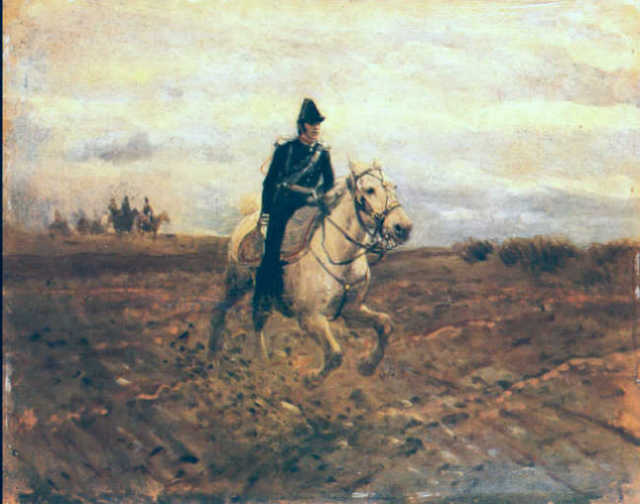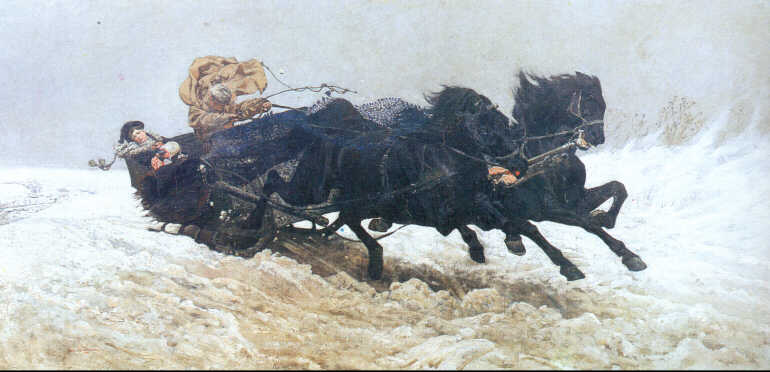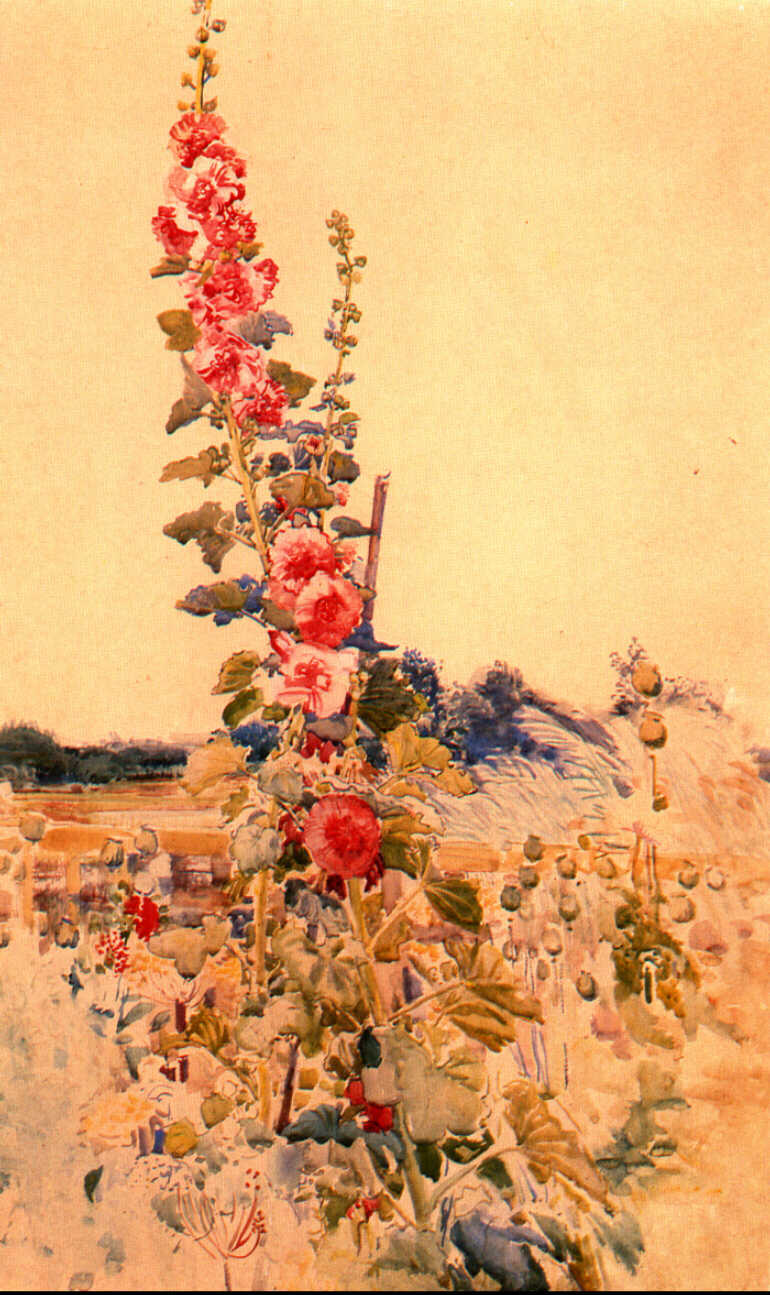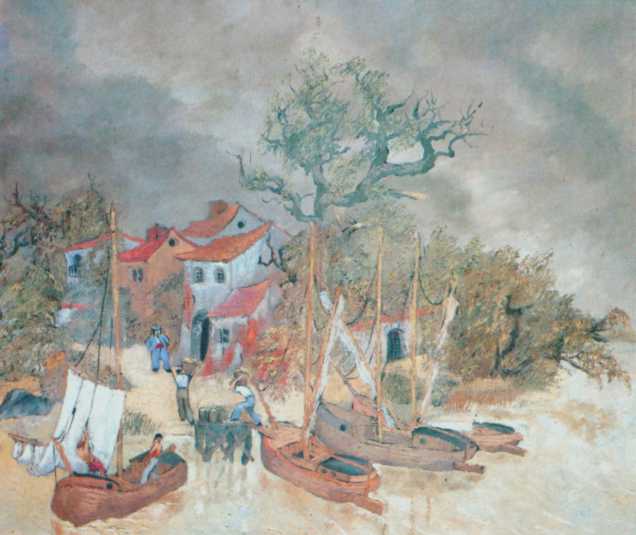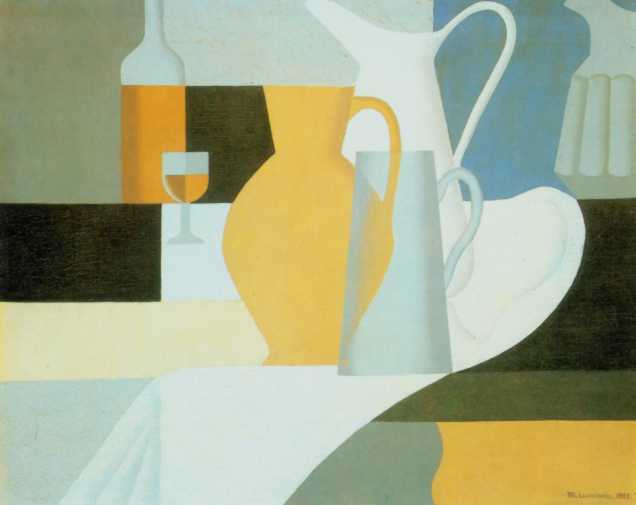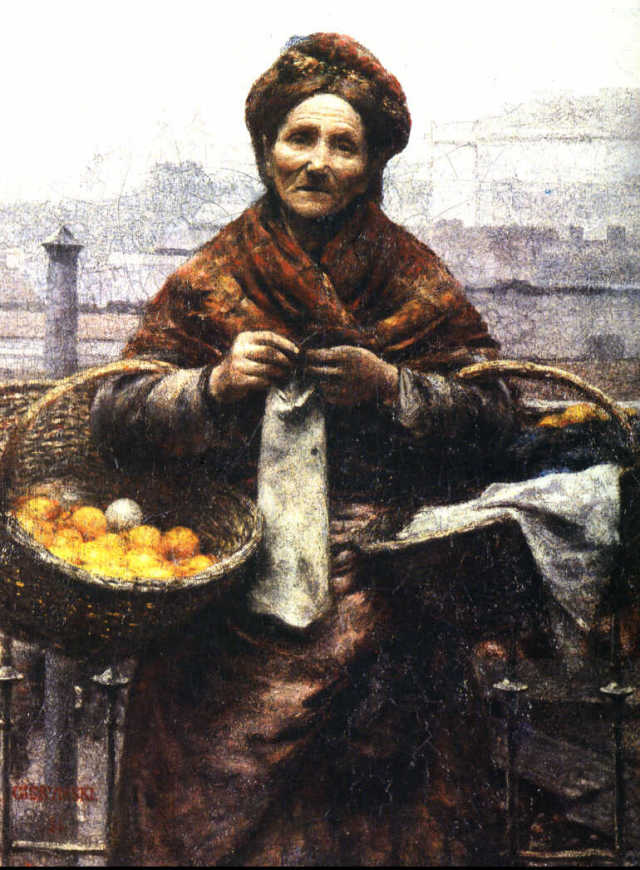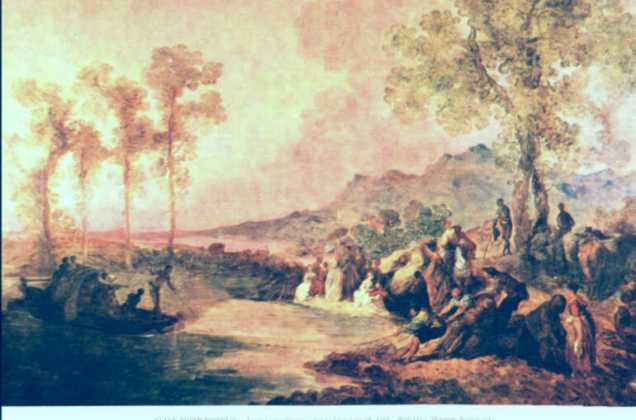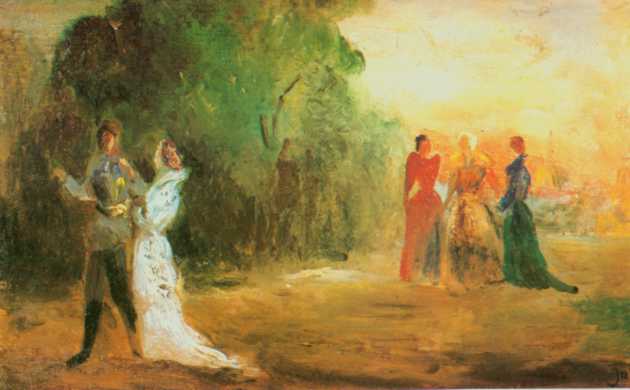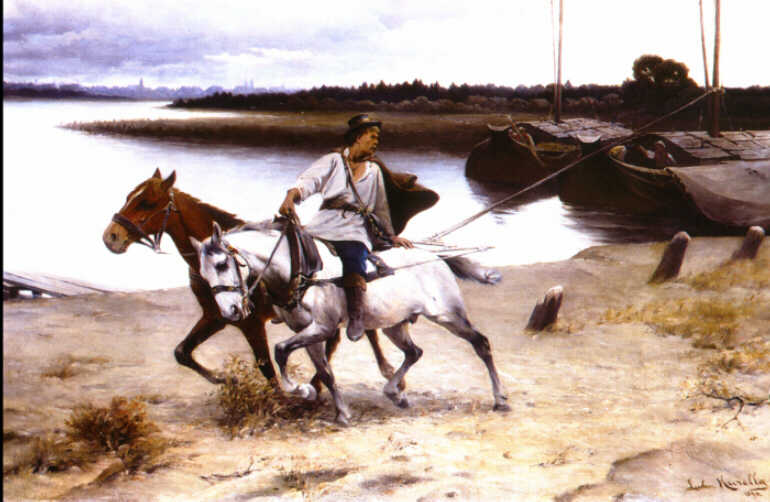Gierymski, Max (ur. 1846 Warsaw, zm. 1874 Bad Reichenhall w Bawarii).
Maksymilian Gierymski – older brother Aleksander Gierymski – was one of the most outstanding Polish painters active in the second half of the 19th century., and his work, though closed by a narrow time frame, it influenced the further development of Polish painting. Participant of the January Uprising, after a short period of study in the Warsaw Drawing Class, he left for 1867 r. for further studies in Munich. Already with the end 1868 r. opened his own studio. He traveled from Munich to Italy, do Meranu in Bad Reichenhall. The main motif of the artist's paintings was the landscape, treated as an independent painting motif, or as a background for a character. He painted units and patrols of insurgents, traversing the flat landscapes of Mazovia; he painted scenes from small Polish towns. He received recognition from European critics for hunting scenes with horse hunters in Rococo costumes. Gierymski's paintings devoid of anecdotal layer, but full of truth and harmony, they were a model for contemporary Polish realist painters.
Maksymilian Gierymski – older brother Aleksander Gierymski – was one of the most outstanding Polish painters active in the second half of the 19th century., and his work, though closed by a narrow time frame, it influenced the further development of Polish painting. Participant of the January Uprising, after a short period of study in the Warsaw Drawing Class, he left for 1867 r. for further studies in Munich. Already with the end 1868 r. opened his own studio. He traveled from Munich to Italy, do Meranu in Bad Reichenhall. The main motif of the artist's paintings was the landscape, treated as an independent painting motif, or as a background for a character. He painted units and patrols of insurgents, traversing the flat landscapes of Mazovia; he painted scenes from small Polish towns. He received recognition from European critics for hunting scenes with horse hunters in Rococo costumes. Gierymski's paintings devoid of anecdotal layer, but full of truth and harmony, they were a model for contemporary Polish realist painters.
Insurgent picket (Insurgent patrol)
signed lower left: M.Gierymski;
National Museum in Warsaw;
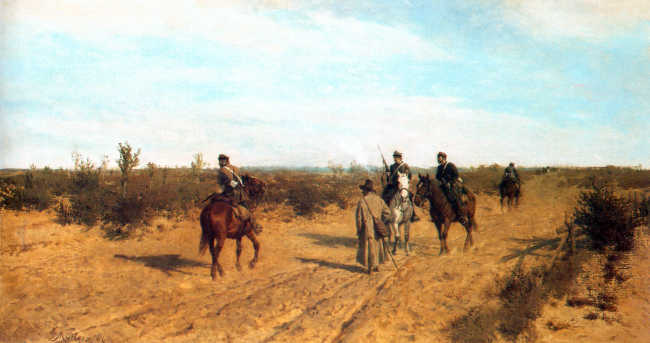
signed lower left: M.Gierymski;
National Museum in Warsaw;

This picture, with unusual color values in Polish painting, tasteful in grays, blues and gold, is one of the most Polish paintings in all our art.
A scene taken out of the everyday life of the January Uprising (1863) – a patrol reaching out to a passerby- tramps on a dirt road – it is as if a synthesis of the Polish situation in general. Getting lost in the sand, empty neighborhood, uncertainty waiting for a response to a fired shot, looking for your own people and asking about the enemy, all this carries the stamp of some absurdity, hopelessly spinning in place, inability to get out of the vicious circle. It is an almost unconscious acceptance of the finale Weddings Stanisław Wyspiański.
A scene taken out of the everyday life of the January Uprising (1863) – a patrol reaching out to a passerby- tramps on a dirt road – it is as if a synthesis of the Polish situation in general. Getting lost in the sand, empty neighborhood, uncertainty waiting for a response to a fired shot, looking for your own people and asking about the enemy, all this carries the stamp of some absurdity, hopelessly spinning in place, inability to get out of the vicious circle. It is an almost unconscious acceptance of the finale Weddings Stanisław Wyspiański.
The reconnaissance of Austrian hussars, 1869
oil, canvas, 31 x 43 cm;
signed lower right: M.Gierymski;
from the AGRA-ART Auction House catalog;
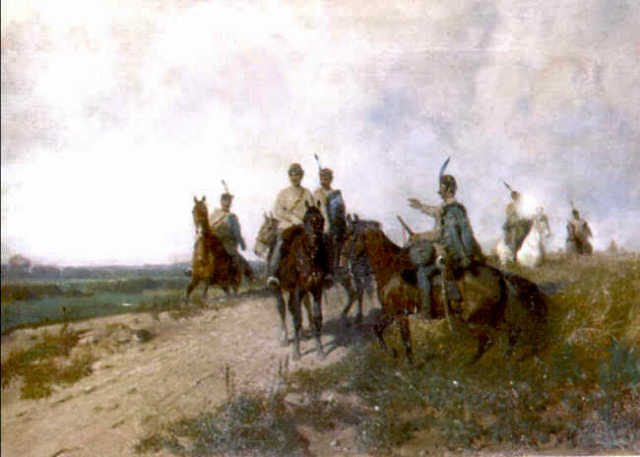
oil, canvas, 31 x 43 cm;
signed lower right: M.Gierymski;
from the AGRA-ART Auction House catalog;

The painting was also mentioned in the literature as: Austrian Hussars on flankers, Hussars at the outpost, Austrian lancers patrol, Hungarian Honved Patrol, Hussars on outpost. Exhibited by Gierymski at the international exhibition in Vienna at the turn 1869 i 1870 year, it was then purchased from the funds of Emperor Franz Joseph and was owned by Archduchess Gizela of Bavaria. Issued in the year 1932 along with the rest of its collection at an auction in Berlin, purchased by the Warsaw antiquarian A.. Gutnajer was then transferred to Polish private collections.
Skirmish with Tatars
Museum of Art in Łódź;
Museum of Art in Łódź;
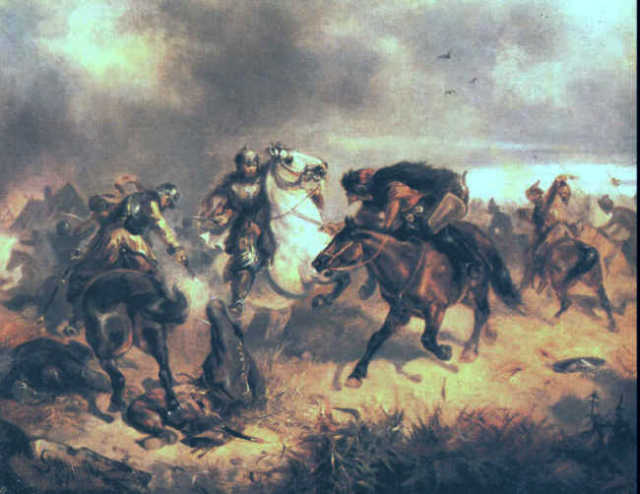
For centuries, the invasions of the Tatars, which brought fire and death, were the terror of the people living in the borderlands of the former Polish-Lithuanian Commonwealth. Tatar hordes ravaged large rags of Poland in the 13th century, reaching as far as Legnica and seriously threatening Western Europe. Polish chivalry later took revenge on them more than once (m.in. near Wiśniowiec in the year 1514).
Staff adjutant from the year 1831, 1870
oil;
National Museum in Warsaw;
oil;
National Museum in Warsaw;
